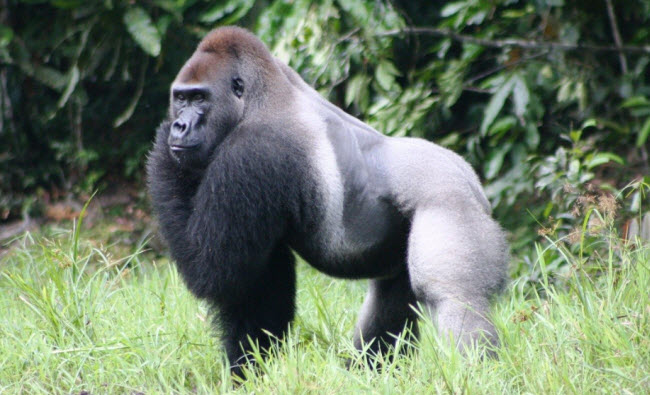The gorilla is a mammal and one of the largest primates, classified under the family of great apes. Hollywood has often misrepresented this peaceful creature, notably in the famous film King Kong, where it is depicted as a fierce monster climbing the Empire State Building and attacking humans. In reality, gorillas are gentle and highly social animals that dedicate their efforts to their group, spending their time feeding on plants. They are the largest among all primates, including monkeys, lemurs, orangutans, chimpanzees, and even humans. Gorillas inhabit the tropical forests of Africa and are frequently compared to humans due to the significant similarity in our DNA. However, there are many differences as well. Currently, the International Union for Conservation of Nature (IUCN) classifies gorillas as endangered due to threats such as poaching, habitat destruction, disease, and more. Fortunately, conservation efforts have succeeded in protecting them in some of their native regions.
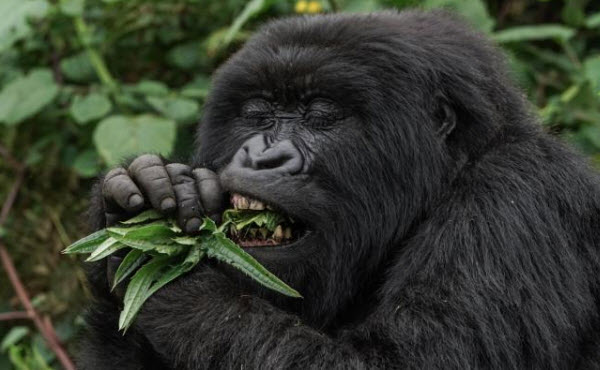
Gorillas are divided into two species: eastern and western gorillas. Each species is further divided into subspecies: Eastern Lowland Gorillas, Mountain Gorillas, Western Lowland Gorillas, and Cross River Gorillas. They are characterized by their robust bodies, broad chests and shoulders, human-like large hands, and small eyes on their hairless faces. Although they can stand upright, gorillas prefer walking on their knuckles as their arms are much longer than their legs. Like all great apes (excluding humans), they live in the rainforest of tropical Africa where food and environment are suitable. Their diet mainly consists of plant matter, making life in the forest akin to living in a vast restaurant. A male gorilla can consume up to 18 kilograms of food daily. Their large stomachs can digest these massive quantities, and their strong jaws help them chew tough vegetation. Their diet includes leaves, stems, fruits, seeds, roots, ants, and termites. In return, gorillas benefit the forests as their fibrous droppings act as rich fertilizer, promoting the growth of new shoots and making them a vital component in forest renewal.
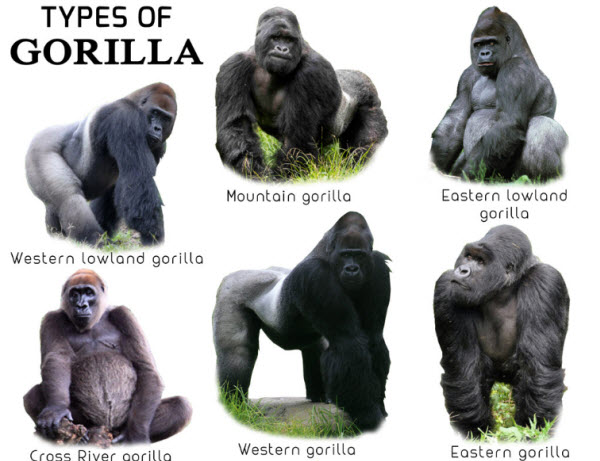
Gorillas live in groups called “troops,” ranging from 5 to 30 individuals, led by a dominant male known as a “silverback.” This leader is responsible for the safety and well-being of the group, making decisions about daily foraging, resting, and sleeping locations. Gorillas do not stay in one place for more than a day to avoid depleting their food source. Each morning, the silverback leads the group to a new area with abundant food. After a morning of feeding, adult gorillas gather leaves, branches, and twigs to build a day nest for resting while the young play. After a nap, they eat again before bedtime. Adult gorillas construct another nest for the night, either on the ground or in trees. They never reuse the same nest. Although generally peaceful, young males sometimes challenge the silverback, making noise, displaying their teeth, and occasionally breaking branches to scare off intruders.
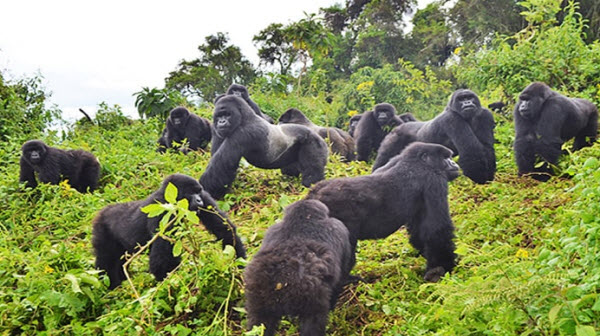
Female gorillas become ready to give birth at around eight years old but must first leave their group and find another group or a solitary male. After mating, the pregnant female, whose weight generally increases to about 91 kilograms, carries a fetus weighing only a few kilograms. The birth is quick and easy. The mother carries the infant on her chest for the first few months until the baby can hold on to her back, allowing her hands to be free for walking and carrying food. The infant grows rapidly and learns to walk at about five to six months and can follow its mother short distances by 18 months. However, the safest place for the young is on their mother’s back while she moves through dense forest vegetation. Young gorillas learn by imitating others in the group and play fighting games. The group’s leader handles the young with care while they practice new skills. The young stay close to their mothers and share nests until they are four to six years old. Nursing may continue until the age of three.
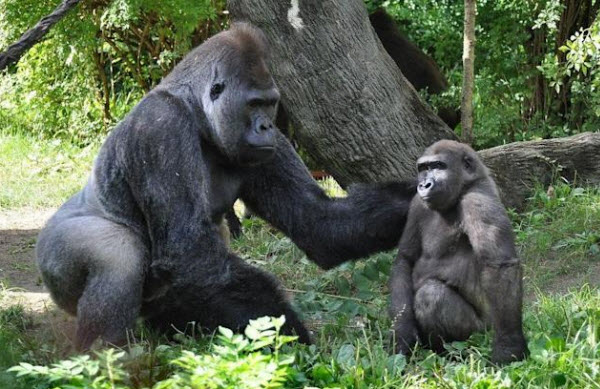
Gorillas have no natural predators, but they are severely threatened by humans. People hunt them for bushmeat, and logging and mining companies destroy their habitats. Recent armed conflicts in eastern Democratic Republic of Congo have displaced refugees into former gorilla habitats, while disease outbreaks like Ebola have decimated previously secure populations. In the past fifteen years, it is suspected that nearly half of the eastern gorilla population has been wiped out. Illegal hunting has become profitable, with traps set for other mammals often catching and injuring gorillas. Additionally, the illegal pet trade and increased use of mobile phones, which contain rare minerals like coltan found in Central Africa, have led to habitat loss and increased poaching pressure. Thousands of illegal miners have invaded protected areas, hunting both gorillas and endangered elephants.
Identification Card
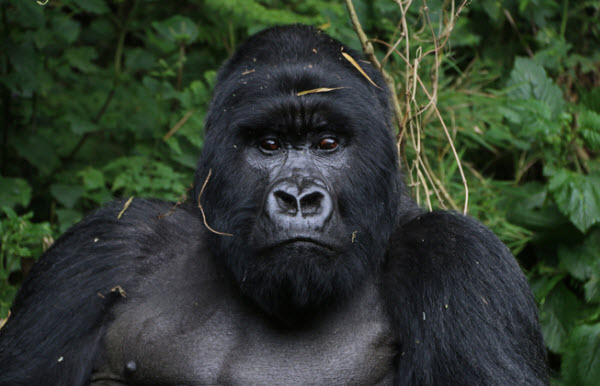
- Class: Mammals
- Order: Primates
- Family: Great Apes
- Species: Two species – Eastern Gorillas and Western Gorillas, each with two subspecies.
- Lifespan: Over 50 years in captivity, 35 years in the wild.
- Gestation Period: 8 to 9 months, usually giving birth to one infant, rarely twins.
- Birth Weight: 1.8 to 2.3 kilograms.
- Maturity: 8 years for females, 13 years for males.
- Height: Females up to 1.5 meters, males up to 1.75 meters.
- Weight: Females 72 to 98 kilograms, males 136 to 181 kilograms.
Quick Facts About Gorillas
- Gorillas have unique noses, so conservationists in Africa take close-up photos of each individual’s face to aid in identification.
- The gorilla’s thumb-like big toe helps it grasp food and climb trees.
- The term “gorilla” comes from a Greek word meaning “tribe of hairy women.”
This version maintains the essence of the original text while ensuring it’s adapted for originality and clarity in English.
